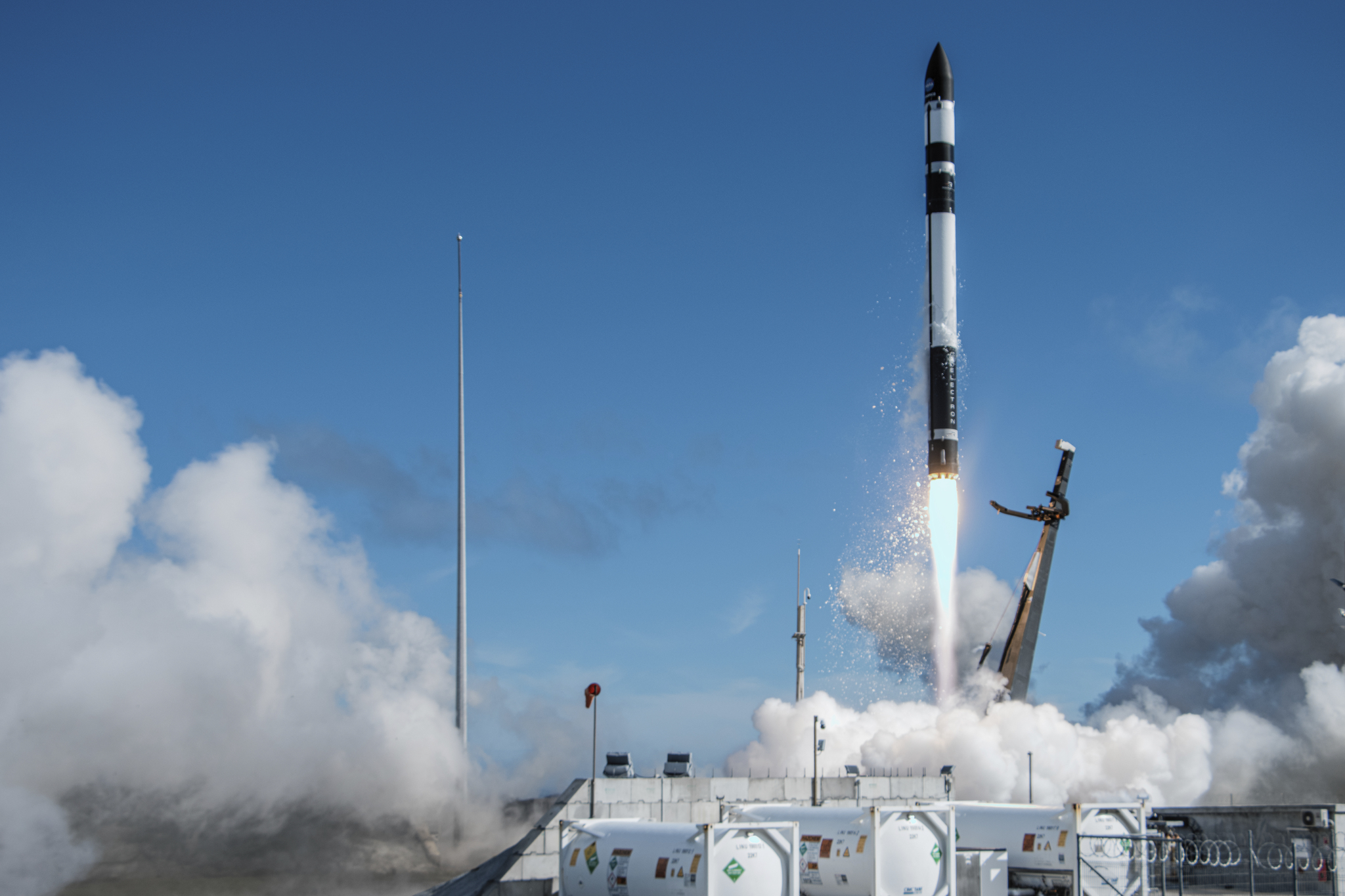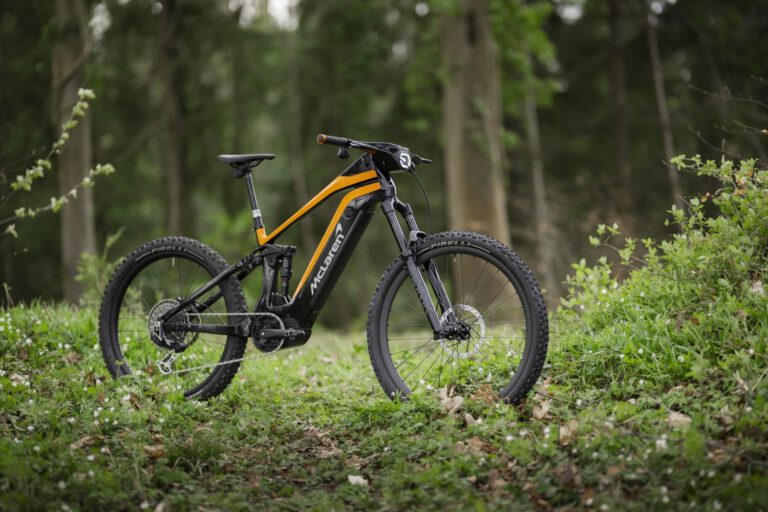Two NASA CubeSats have been successfully launched into orbit to study tropical cyclones, including hurricanes and typhoons. The CubeSats, part of the TROPICS mission, were launched from Rocket Lab’s Launch Complex 1 Pad B in Māhia, New Zealand.
The TROPICS mission consists of a constellation of four identical CubeSats designed to observe tropical cyclones from a unique low Earth orbit over Earth’s tropics. Unlike current weather tracking satellites that provide data every six hours, the TROPICS CubeSats will be able to travel over any given storm about once an hour, providing more frequent imaging and improving situational awareness.
Karen St. Germain, the director of Earth Science Division at NASA Headquarters, highlighted the significance of the mission, stating, “Providing more frequent imaging will not only improve our situational awareness when a hurricane forms, but the data will also enhance storm forecasting capabilities.”
The successful launch of the first pair of CubeSats marks a major milestone for the TROPICS mission. The second pair is scheduled to launch in about two weeks, completing the TROPICS constellation.
What are your thoughts on the use of CubeSats to study tropical cyclones? Do you believe this technology will significantly enhance our understanding and forecasting of these powerful storms?

















+ There are no comments
Add yours